What is the Deep Space Food Challenge
NASA plans to launch space missions that will become increasingly prolonged over time, "to Mars and beyond," explains the official website of the US government agency for aerospace research in presenting the Deep Space Food Challenge initiative. What does food have to do with it? Due to the complexity of upcoming missions into space, NASA (in collaboration with the Canadian space agency, CSA) is looking for innovative and sustainable solutions to improve the nutrition of astronauts on board. The challenge, in fact, has the dual objective of guaranteeing "tasty and healthy food" for the benefit of humanity, in space and on Earth. Participating in the competition includes winning cash prizes and scholarships for US and international teams able to make the best use of technological innovation to optimize the production of safe, nutritious and palatable food with the maximum use of resources. The first recipients will be the astronauts sent on missions, but the ultimate goal is to bring benefits to the Earth's food system as well, by identifying solutions of revolutionary scope.
The nutrition of astronauts
Type and duration of future missions, in fact, are constantly evolving and growing thanks to new technological advancement as well as scientific input. Space agencies are finding themselves having to provide future astro-crews with safe and nutritious food, which makes it easier for them to get their jobs done. There is time until the end of July 2021 to present projects that could bring candidates prizes up to $25,000 for each American team (20 candidates in all, for a total budget of $500,000) selected to enter Phase 2, which will be unveiled at a later stage and provides for the practical test of the innovations presented. To international teams that decide to take part in the competition, however, NASA guarantees official recognition (therefore only fame, but no cash prizes) for the 10 best projects, which will be announced in September.
The goals of the challenge
"We need to provide food that meets the caloric and nutritional requirements of our astronauts, but we want to go one step further. We want the variety, response and nutritional content of the food system to exceed the threshold of the mere support of the body, but also to satisfy the palate, becoming vehicles for the active promotion of the psychological and physiological health of the space explorers," explained Grace Douglas, food scientist at Johnson Space Center NASA in Houston, and among the members of the commission that will evaluate the projects. If up to now the prepackaged stocks loaded on board at departure have proven sufficient, the extension of future missions may make it necessary to consider forms of self-production, first with the aim of extending lunar expeditions, and then imagining to explore Mars. The innovation processes will therefore have to focus on the possibility of supporting the diet of a crew of four astronauts traveling for three years without the opportunity to "refuel." In addition to being palatable, nutritious and safe, the food must also be easy to handle and prepare by the crew, in confined spaces. And include minimum waste, of course, which is fundamental. Thinking in this light, explains NASA, should also facilitate the refinement of strategies for producing food in remote or disaster areas of the planet, devoid of natural resources or severely troubled by conflicts and environmental disasters.

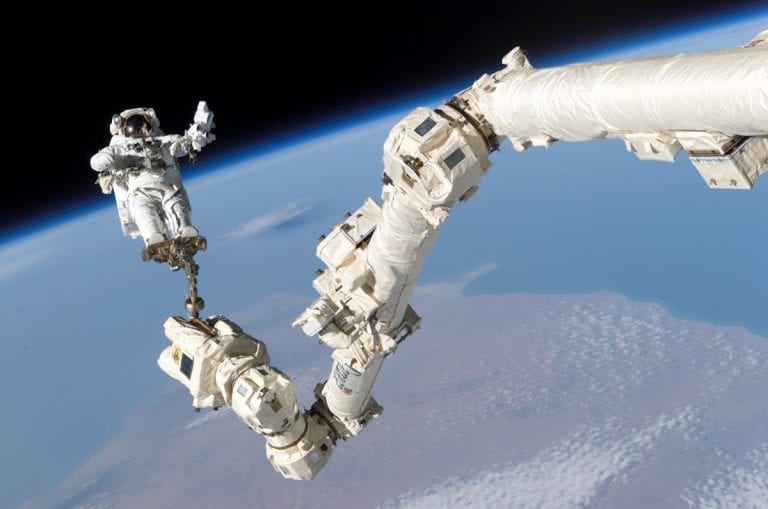
 The 11 best-value Dolcetto wines from the Langhe
The 11 best-value Dolcetto wines from the Langhe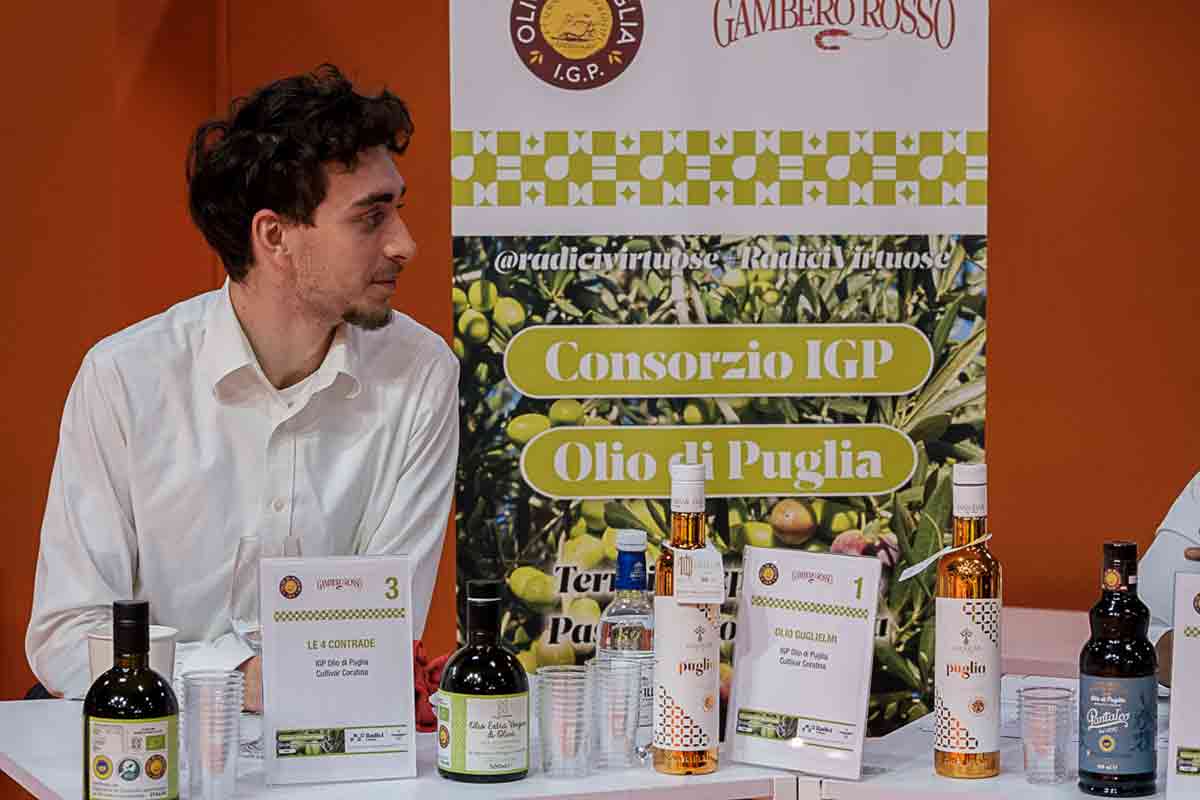 Coratina party in Paris: the power of Puglia in a drop of oil
Coratina party in Paris: the power of Puglia in a drop of oil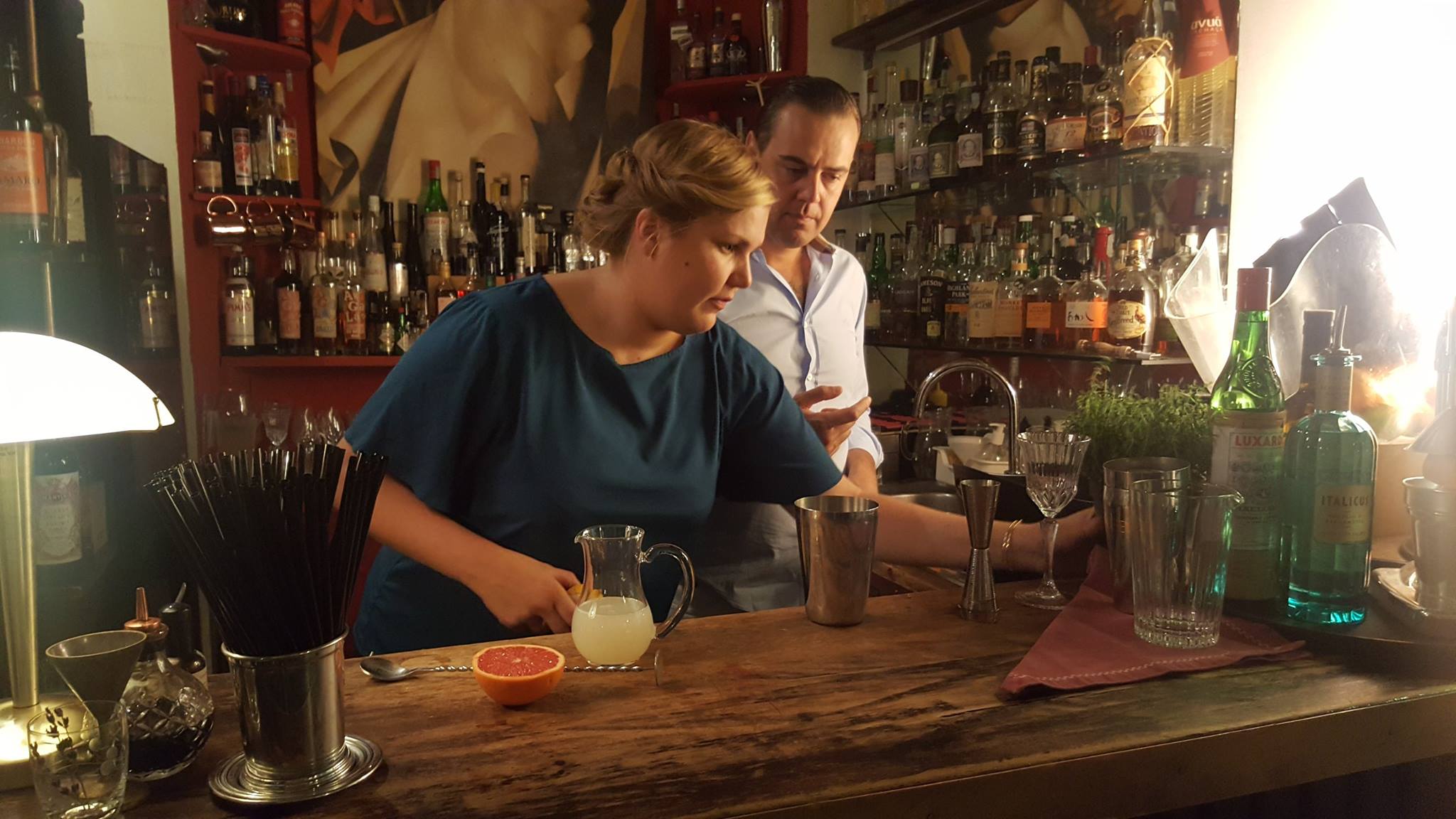 In a historic building in Genoa hides a top cocktail bar
In a historic building in Genoa hides a top cocktail bar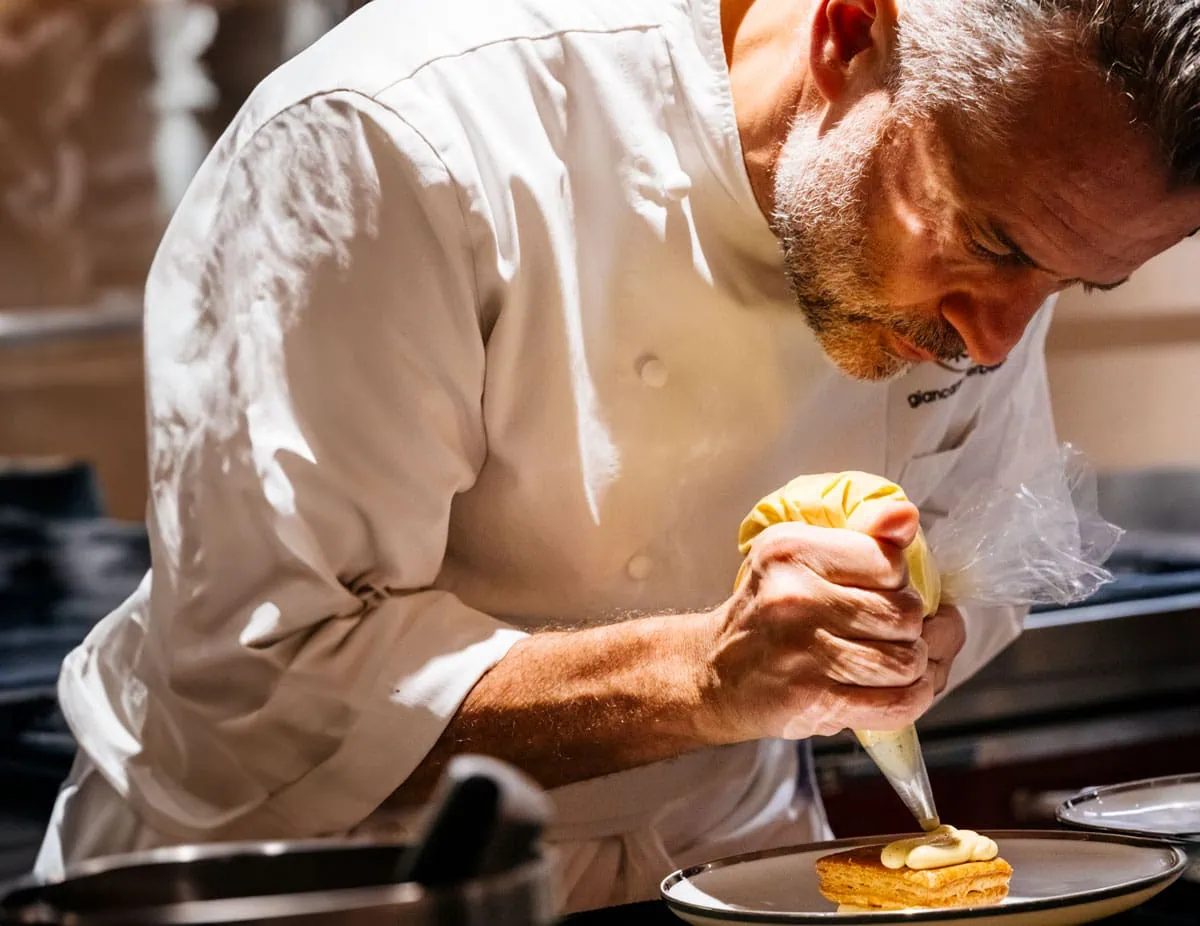 Giancarlo Perbellini: “The future? Less oppressive restaurants. If we don’t make young people fall in love with this job, we might as well close”
Giancarlo Perbellini: “The future? Less oppressive restaurants. If we don’t make young people fall in love with this job, we might as well close”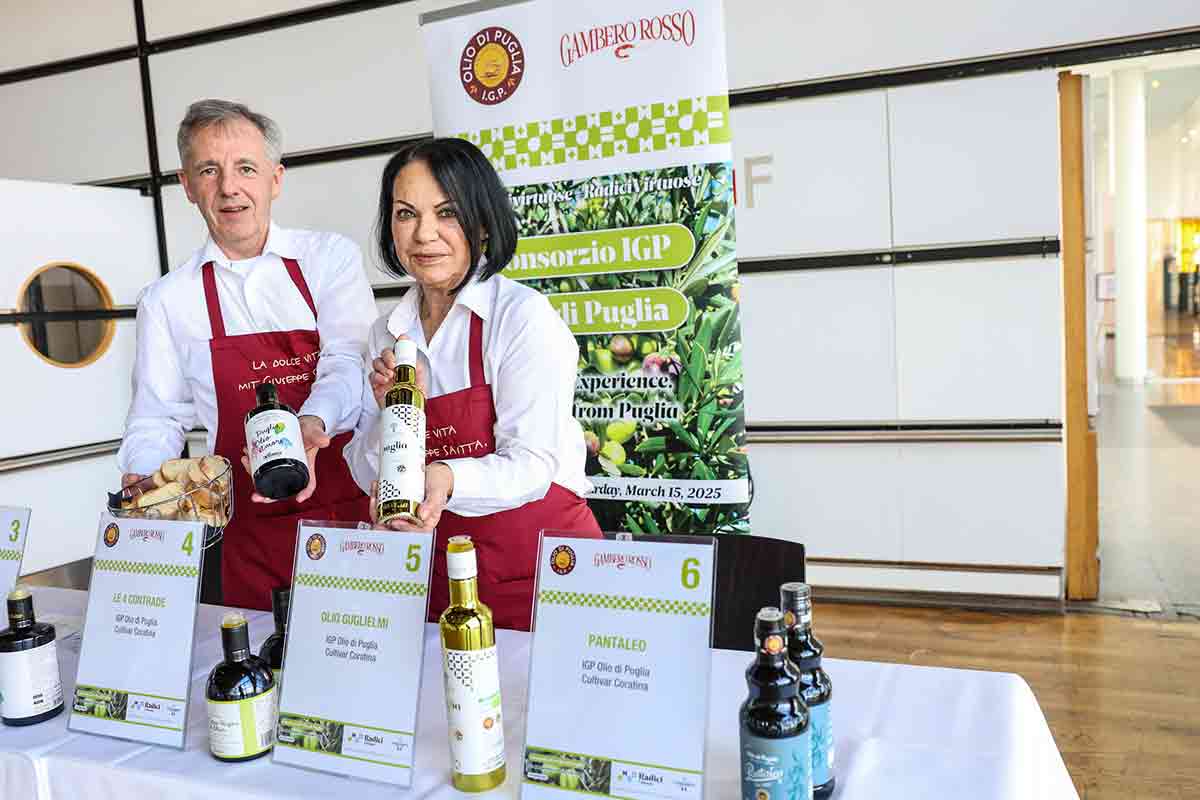 The great oils of Puglia on display in Düsseldorf
The great oils of Puglia on display in Düsseldorf






